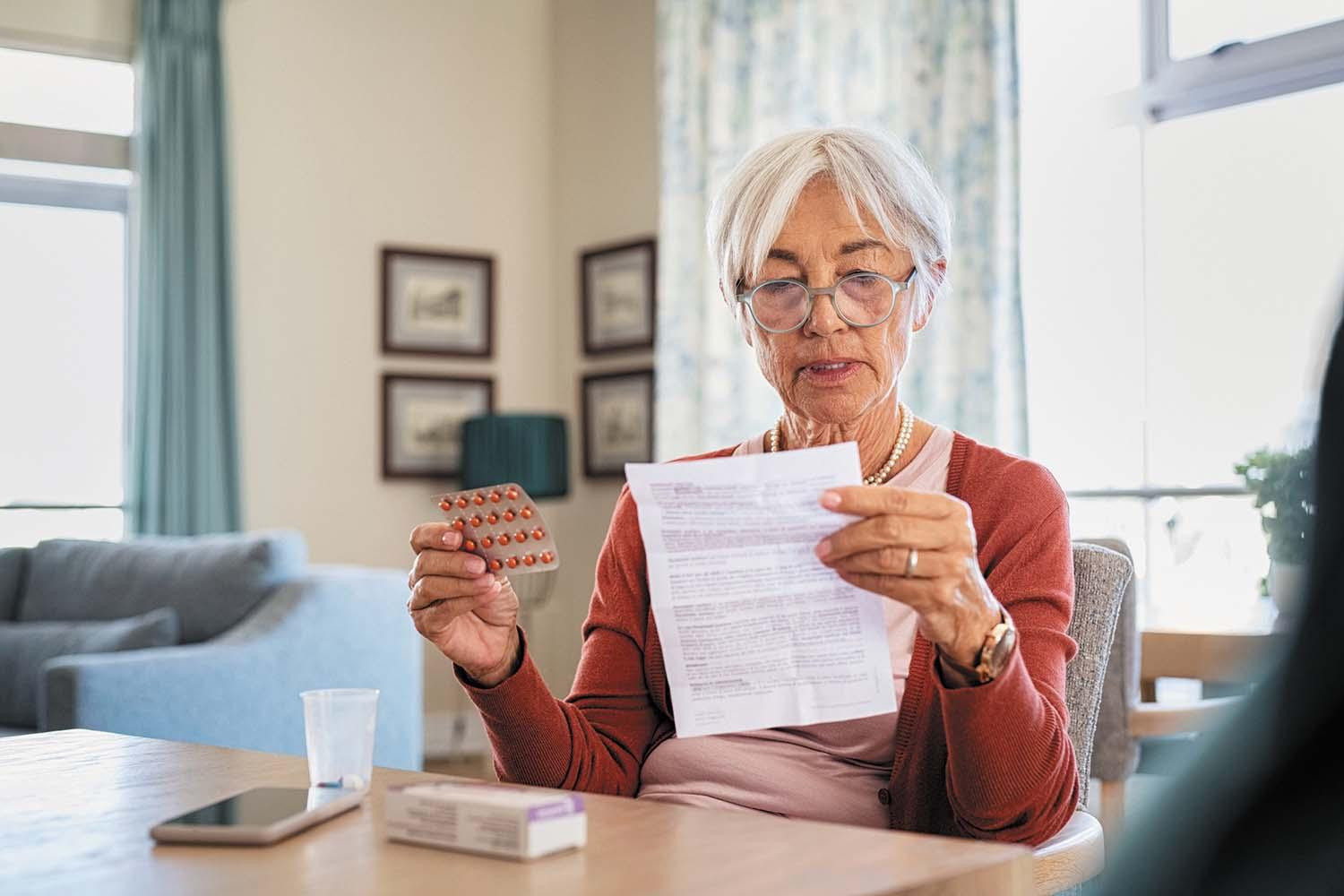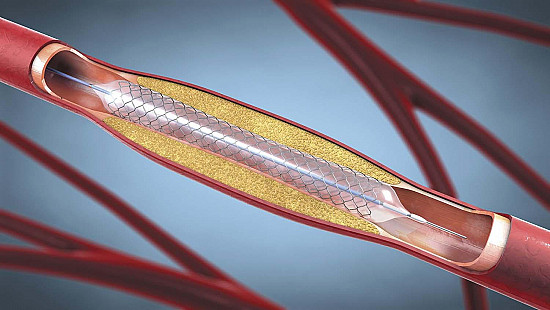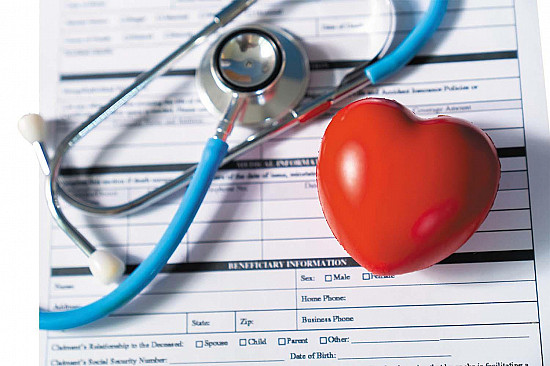How do I make sense of my medication orders?
Ask the doctor

Q. After my recent heart attack, I left the hospital with a detailed list of all my medications. But the instructions for the two blood pressure drugs were a little confusing. For metoprolol, it read: HOLD BP < 110. For losartan, it read: HOLD BP < 120 systolic. Does this mean I’m supposed to stop taking a drug if I get a single blood pressure reading that’s too low?
A. Your confusion is understandable. Too often, the instructions patients receive about taking medications are complicated. The detailed directions you received are what nurses are instructed to do when a person is in the hospital, but it’s not what we usually send home with patients.
While you’re in the hospital, doctors try to find doses of medications that get your heart rate and blood pressure into a good range and have you stay on them after you return home. Then, you would monitor your blood pressure — ideally twice a day, taking two readings each time — for at least a week. Many people find this burdensome and even stressful, which has driven the quest for a simpler alternative. In your case, if the first number (systolic blood pressure) consistently reads below 110, check in with your cardiologist or primary care doctor for advice. Don’t just stop taking a medication if you get one low reading. But you may need to reduce the dose to avoid symptoms such as dizziness and fainting, which can happen when blood pressure gets too low.
If you were already taking blood pressure drugs, you might be inclined to simply restart those medications. But cardiovascular medications often need to be adjusted or added after a hospitalization, especially after a heart attack or new heart-related diagnosis. To avoid the possibility of doubling up on certain drugs, a physician or nurse is supposed to review the entire list of your old and new medications to make sure you know what to take, a process called medication reconciliation. I often urge people to have a family member or friend present during the discharge meeting to have a second set of ears to take in all the information.
Then, when you are home, lay out all your bottles of old and new medications and check them all against the discharge orders to make sure you know what, when, and how much of each one take. If you have any questions, contact the hospital team or your cardiologist or primary care doctor. I recently did this with my mother, and we had to make a few updates and changes based on slight differences in the medications at home versus in the hospital. I hope all works out well for you after your heart attack.
This article is brought to you by HarvardHealthOnline+, the trusted subscription service from Harvard Medical School. Subscribers enjoy unlimited access to our entire website, including exclusive content, tools, and features available only to members. If you're already a subscriber, you can access your library here.
Image: © Ridofranz/Getty Images
About the Author

Christopher P. Cannon, MD, Editor in Chief, Harvard Heart Letter; Editorial Advisory Board Member, Harvard Health Publishing
Disclaimer:
As a service to our readers, Harvard Health Publishing provides access to our library of archived content. Please note the date of last review or update on all articles.
No content on this site, regardless of date, should ever be used as a substitute for direct medical advice from your doctor or other qualified clinician.
















